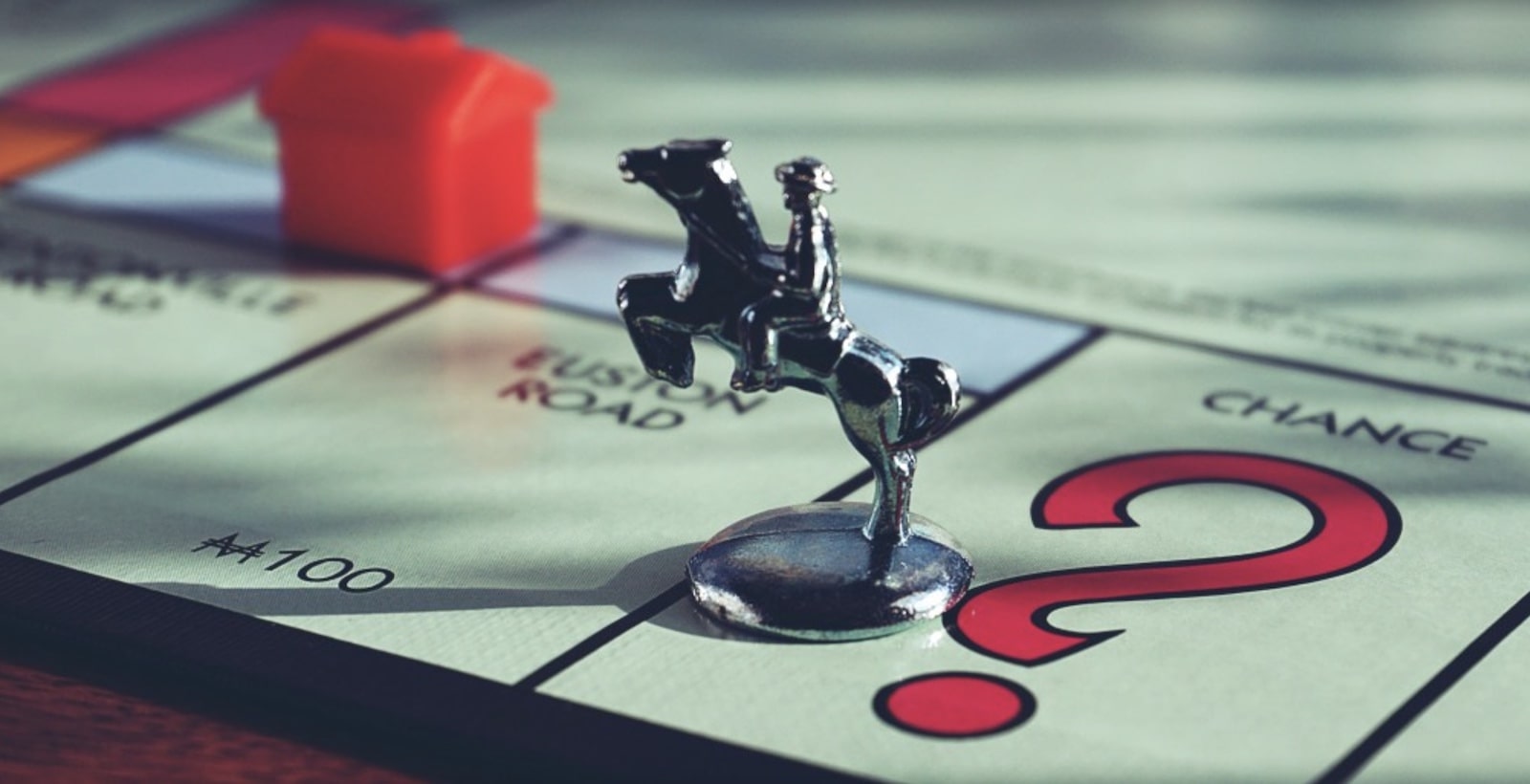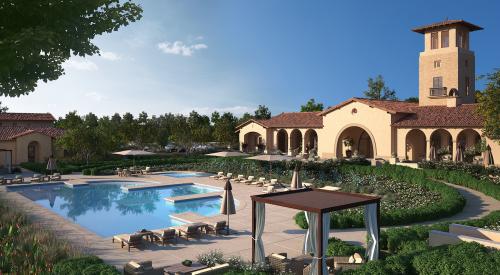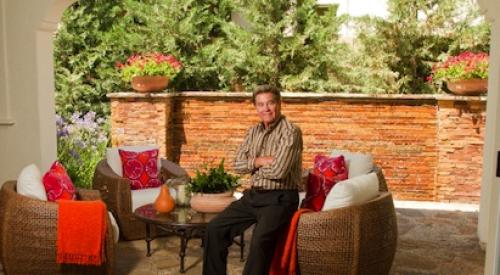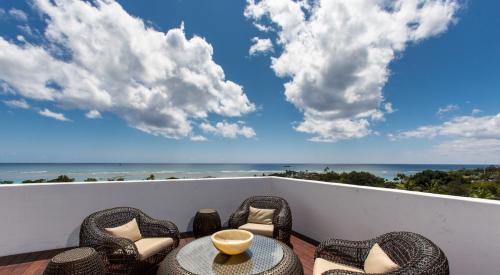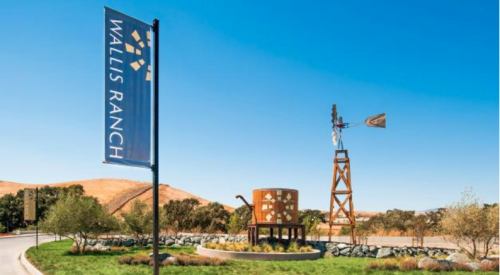The home building game is not unlike America's favorite board game: Every player wants to grab as many properties as possible and put up houses. Where the real housing industry varies enormously from the pretend world of real estate tycoons is that home builders can't actually pass go unless they sell the houses. Sometimes that takes a little marketing ingenuity. These are the ideas that grab buyers' attention—and just might inspire you.
Focus on Psychographic Targets
So much of the marketing builders do is grounded in demographics: age, income and life stage. But builders who delve deeper into consumer behavior find that targeting these traditional groupings is strengthened considerably by understanding personal values and the way people think.
It's called psychographics. And nobody is better at creating and executing detailed marketing programs directed to distinct like-minded groups than Rancho Mission Viejo Co. in Southern California. Case in point is the underlying marketing for the ongoing build-out of the Ladera Ranch master-planned community in southern Orange County. This fall the company will roll out a 1,250-unit neighborhood called Terramor designed entirely around the wants and needs of "cultural creatives."
One of four principal values-oriented groupings, cultural creatives tend to be well-educated, interested in environmental issues and centered around quality of life. They also tend to have the highest incomes among the psychographic groups. Cultural creatives have been a problem for home builders because they seek ways to reuse and remodel rather than buy a new home. For these reasons, the group is a tough but potentially lucrative nut for Rancho Mission Viejo Co. to crack.
The developer knew it could attract cultural creatives by making Terramor as green as it could be. It might be the greenest large-scale residential development on the boards in the United States today. Runoff areas are designed to cleanse water naturally before it gets to the ocean. The 15 builders who have signed up to build there must meet rigorous green building criteria in model homes with both standard and optional features. These include photovoltaic roof tiles that send electricity back to the utility during the day when usage is low. Small neighborhood electric vehicles will be displayed in the garage of each model home. And a massive construction-waste recycling program will be put in place, among many other green features.
But knowing that cultural creatives desire authenticity in their lives above just about everything else, the developer and its consultants from the land-planning firm EDAW were careful not to label the community green. They took a subtler approach so authenticity-minded buyers would not be turned off by the heavy message. Instead they will market Terramor under the slogan "360-Degree Living."
EDAW principal Steve Kellenberg, who helped create Terramor, says, "It's a reflection of the sophistication of these buyers."
Use Lifestyle Events to Target-Market
Got a community you want to target to the ultra-active set? Invite an Olympic distance runner to give a seminar on training. The same can be done with any number of outdoor activities, from mountain biking to skiing, or something less intense such as yoga, say marketing experts from across the country. If executed properly, the result of a carefully planned lifestyle event will be twofold: firmly positioning your community in the marketplace and bringing buyers to your models or sales trailers.
Infill expert The Olson Co. in San Diego is a master at this. Last month, to help unveil new models for its live/work units in Santa Ana, Calif., marketing director Lenette Hewitt organized a strong local community of painters and sculptors to display their work at an art show. In addition to displays set up in the street, which was closed for the event, the artists were given "gallery" space on the walls of one of the models, which drew attendees inside.
"We've found that most people are not buying a floor plan," Hewitt says. "They are buying a lifestyle. We will have a lot of artists who are using downstairs as a studio and then living above it. And then we also have the people who want an urban experience, which is very rare in Orange County."
Pre-sales have been open for less than a year, and all 40 homes released have been sold. The final release of 46 homes has not happened, but Hewitt says the art show and model opening generated further demand for the product when it is released.
Pay Your Realtors Quickly
Like a lot of builders around the country, Las Vegas-based Christopher Homes finds its biggest competitor is the existing home market. That's why Erika Geiser, vice president of marketing, instituted a Realtor program that attacks the biggest negative Realtors associate with the new home market - long time lines before they get paid.
Realtors who bring clients to new home communities typically must wait until the buyer's home closes before they get paid. But because Christopher Homes requires a large, nonrefundable deposit upfront, the company can pay the Realtor his or her 3% commission within 30 days.
Actively promoted with mailings to Realtors, the ongoing "3% in 30 days" program has helped the company keep its share of Realtor-driven sales at a steady 50%, Geiser says.
"For us it's a strategy," says Geiser. "It's not a limited-time thing. This is what we do if a Realtor brings a buyer to Christopher Homes. They don’t have to worry that because our homes are bigger and take longer to build that the wait will be longer."
Capture the Flag
In the mid- to late 1990s, in the depths of Southern California's housing depression, Prudential New Homes sales ace Cydne Combs hatched the idea of creating urgency and excitement surrounding a phase release at a community in San Bernardino where the previous phase had yet to sell out.
Until the phase release, it was not known which homes would be built on which lots. The morning of the release, interested shoppers got that information for the first time. To help identify the lots, Combs purchased numbered golf flags and posted them at every lot. Buyers were told that if they wanted a particular home on a particular lot to bring the flag back to the office. In a community with combined sales for five builders of one home per week, Combs sold 10 homes that day.
"The idea was to create a visual thing." Combs says. "People would only be able to see the flags for the homes that were left. The men ate it up. There was something militaristic about capturing territory. And it got to be competitive on site, too."Combs has used the idea several times since then with great results. "It emotionally bonds people with their purchase."
Momentum Building: Offer Enhancements
Industry marketing consultant Sandra Kulli is very persuasive on the topic of what to do when traffic is slow and you’re sure you have your homes priced correctly. The answer: Enhance the offering with upgrades and options rather than institute price discounts. Price reductions, she argues, are a corrosive force that "worries" most buyers by undercutting the value of a house as a potential home.
"The quickest way you can turn a home into a commodity is to discount its precious value to the customer," Kulli says. "Most times what you need to do is create value in the viewers' minds."
That's exactly what San Diego-based SeaCountry Homes did to build momentum in Stallion's Crossing, a 47-home luxury community in Del Mar, Calif. SeaCountry's vice president of sales and marketing, Linda Mamet, says the $700,000-plus homes were priced in accordance with what the market would bear but needed a sales boost. That boost came in the form of a "Home Enhancement Program" that offered buyers $20,000 to $40,000 in options and upgrades.Rolled out under a "Take your home on a shopping spree" banner, the program immediately differentiated the community while increasing traffic and sales to the site.
"In the four months since implementing the Home Enhancement Program, our sales rate improved by 100%," Mamet says of the infill community. "In fact, we sold nearly a third of the neighborhood during that brief period. The Enhancement plan increased sales, differentiated us and upped the perceived value of our homes."
Kulli is not surprised at the success.
"It takes a very dedicated home builder to do it," she says. "It also takes well-trained and educated salespeople. But you will make more money, have higher absorption and have happier buyers if you choose the high road."
